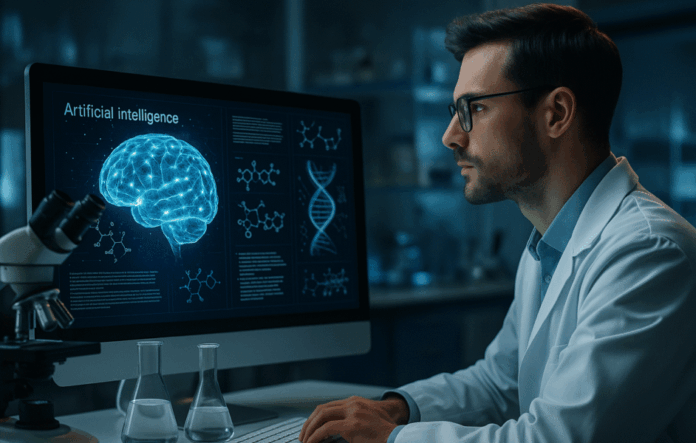Introduction to a New Era of Science
In a world where the pace of data generation far outstrips our ability to process and understand it, scientific progress is increasingly hindered not by a lack of information, but by the challenge of navigating it. This landscape is about to undergo a pivotal shift with the launch of the FutureHouse Platform, an innovative tool designed to accelerate scientific discovery by providing researchers with access to superintelligent AI agents.
A Platform Designed for a New Era of Science
The FutureHouse Platform is not just another tool for summarizing papers or generating citations. It is a purpose-built research engine that introduces four deeply specialized AI agents—each designed to tackle a major pain point in modern science. These agents are built to solve real problems in research, such as literature search, synthesis, and experimental planning, and have been benchmarked against leading AI systems and tested against human scientists in head-to-head evaluations.
Specialized AI Agents
- Crow is a generalist agent, ideal for researchers who need quick, high-quality answers to complex scientific questions. It can be used through the platform’s web interface or integrated directly into research pipelines via API, allowing for real-time, automated scientific insight.
- Falcon, the most powerful literature analysis tool in the lineup, conducts deep reviews that draw from vast open-access corpora and proprietary scientific databases. It goes beyond keyword matching to extract meaningful context and draw informed conclusions from dozens—or even hundreds—of publications.
- Owl, formerly known as HasAnyone, answers a surprisingly foundational question: Has anyone done this before? Whether you’re proposing a new experiment or investigating an obscure technique, Owl helps ensure that your work isn’t redundant and identifies gaps worth exploring.
- Phoenix, still in experimental release, is designed to assist chemists. It’s a descendant of ChemCrow and is capable of proposing novel compounds, predicting reactions, and planning lab experiments with parameters like solubility, novelty, and synthesis cost in mind.
Built by Scientists, for Scientists
What makes the FutureHouse Platform uniquely powerful is its deep integration of AI engineering with experimental science. Unlike many AI initiatives that operate in abstraction, FutureHouse runs its own wet lab in San Francisco. There, experimental biologists work hand-in-hand with AI researchers to iteratively refine the platform based on real-world use cases—creating a tight feedback loop between machine and human discovery. This effort is part of a larger architecture FutureHouse has developed to model the automation of science, with a four-layer framework that includes AI tools, AI assistants, the AI Scientist, and human scientists providing the overarching quest or big question to be solved.
A New Infrastructure for Discovery
The platform arrives at a time when science is ready to scale—but lacks the infrastructure to do so. Advances in genomics, single-cell sequencing, and computational chemistry have made it possible to run experiments that test tens of thousands of hypotheses simultaneously. Yet, no researcher has the bandwidth to design or analyze that many experiments on their own. The FutureHouse Platform offers a way through this bottleneck by providing tools that can identify unexplored mechanisms in disease, resolve contradictions in controversial fields, or rapidly evaluate the strengths and limitations of published studies.
Integration and Accessibility
The platform is designed for integration and accessibility. Researchers can use it to automate continuous literature monitoring, trigger searches in response to new experimental results, or build custom research pipelines that scale without needing to expand their teams. This is more than a productivity tool—it’s an infrastructure layer for 21st-century science. And it’s free, publicly available, and open to feedback, inviting researchers, labs, and institutions to explore the platform and shape its evolution.
Conclusion
In a research world overwhelmed by complexity and noise, the FutureHouse Platform is offering clarity, speed, and collaboration. By providing superintelligent AI agents that can assist in various aspects of scientific research, FutureHouse is not only improving how researchers work but redefining what’s possible. If science’s greatest limitation today is time, the FutureHouse Platform may have just given some of it back, paving the way for a new era of scientific discovery that is faster, more collaborative, and more accessible to everyone. With its mission to build the systems that will allow scientific discovery to scale both vertically and horizontally, FutureHouse is set to make a significant impact on the future of science.

